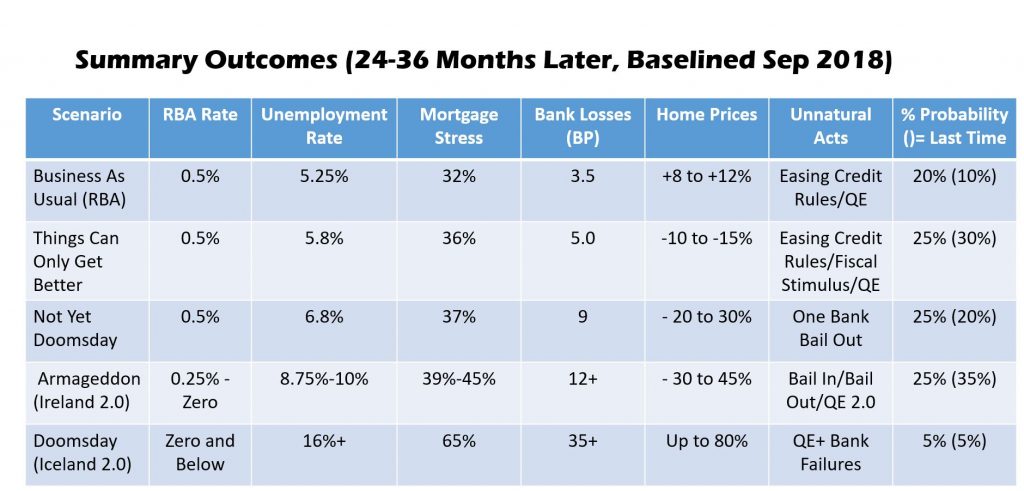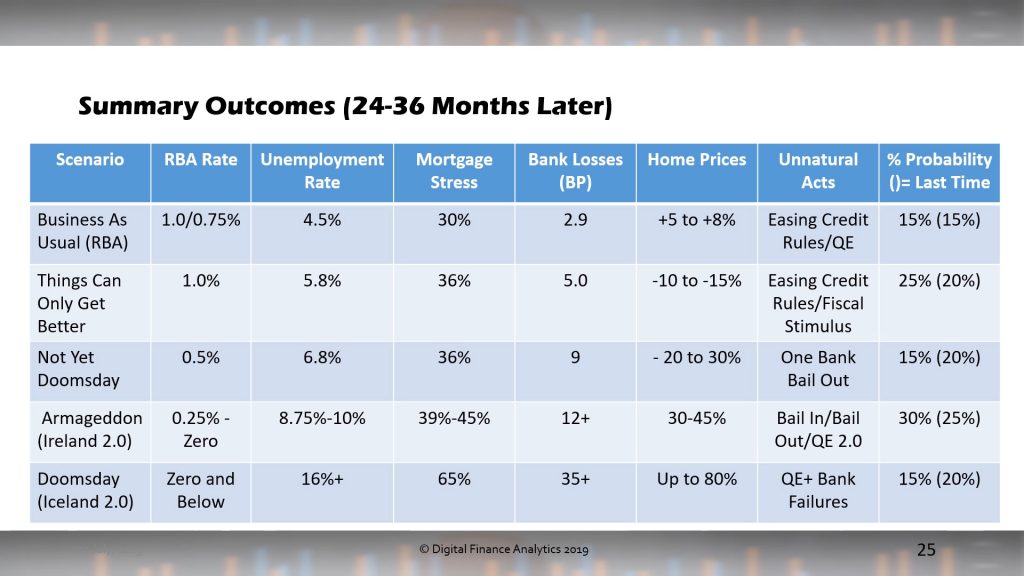The latest edition of our weekly finance and property news digest with a distinctively Australian flavour.
Contents:
0:24 Introduction
0:58 US Markets
3:10 The Feds “Non-QE” QE
5:40 Brexit and UK Markets
6:50 Metro Bank
8:06 ECB
10:20 Australian Segment
10:30 Economic Data
12:30 Cash Transaction Ban
14:20 Property Sales and Prices
16:45 Foreign Buyers
18:45 WA First Time Buyer Incentives
19:40 Bank Profitability
20:30 Interest Only Lending
21:25 Local QE Is Coming
25:30 Local Market Summary


